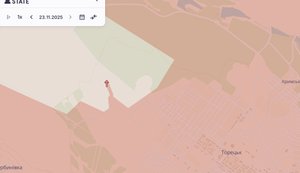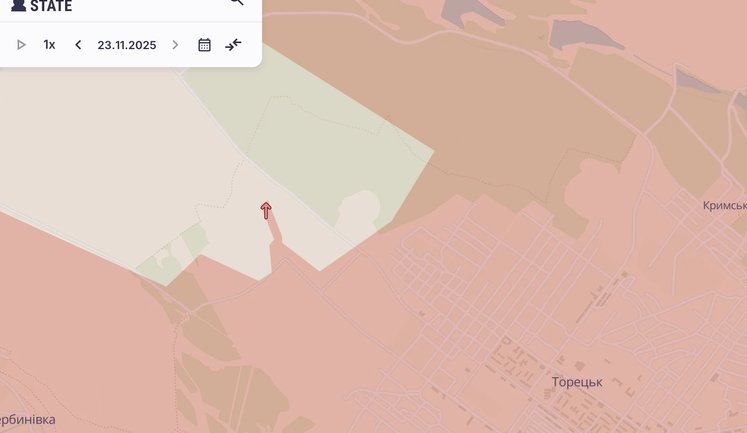DeepState provides crucial updates on the ongoing military tensions in Ukraine. Reports highlight Ukrainian defense forces successfully clearing Ivanivka, Dnipropetrovsk region, from Russian occupiers, marking a significant victory as 53 occupiers were eliminated and 19 captured. Meanwhile, Russian troops are advancing across regions, including the Zaporizhzhia, Donetsk, and Kharkiv regions, with significant gains near Myrnohrad and Pokrovsk. Strategic maneuvers and territorial gains continue to define the warfronts, with Russian forces consolidating control in several sectors, pushing deeper into Ukrainian territory. These developments underscore strategic posturing and the intensifying conflict between Ukrainian defenders and Russian occupiers, as reported by DeepState.
What is the recent status of Ukrainian defense efforts in Ivanivka?
Ukrainian defense forces have cleared the village of Ivanivka in the Dnipropetrovsk region from Russian occupation with notable success, eliminating 53 invaders and capturing another 19. This marks a significant gain for Ukrainian forces as they continue to defend critical territories across the region.
Where are Russian forces advancing according to DeepState?
Russian forces are advancing in several regions, including Zaporizhzhia, Donetsk, and Kharkiv. Significant advances have been reported near settlements such as Myrnohrad, Pokrovsk, and areas within the Polohy district. These movements are part of broader offensive strategies to establish control over key regions in Ukraine.
How has the situation in Pokrovsk evolved amid the ongoing conflict?
Pokrovsk has emerged as a focal point in the current hostilities, with Russian forces actively infiltrating and building manpower. The city faces threats of encirclement, and significant efforts are being made to manage logistics and repel Russian advances, as reported by DeepState.
What strategic importance does Zaporizhzhia hold in the conflict?
Zaporizhzhia remains strategically important due to its geographical positioning, offering a gateway to deeper incursions into Ukraine. Russian forces have concentrated their efforts here, advancing in multiple regions and capitalizing on defensive vulnerabilities, posing substantial challenges to Ukrainian defense initiatives.
How do Ukrainian forces respond to advancements in the Donetsk region?
Ukrainian forces maintain active defenses in Donetsk, responding to Russian advancements with strategic counteractions. They aim to repel occupiers from key settlements and regions, actively engaging to curb advances and reclaim control where possible, highlighting the resilience and tactical acumen in their defense strategies.


































































